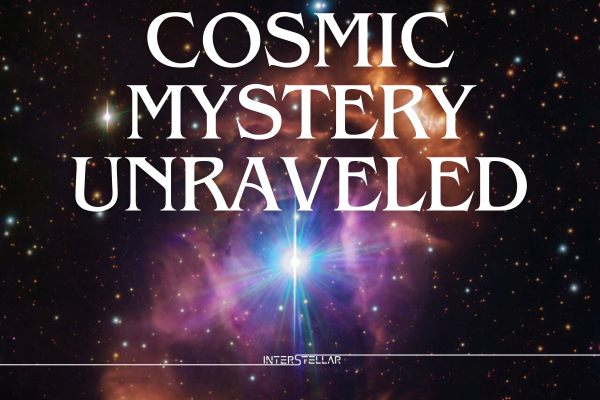Astronomers have uncovered the origins of a magnetic field around a massive star within the “Dragon’s Egg” nebula, providing key insights into the formation of such rare phenomena. The nebula, located about 3,700 light-years from Earth in the constellation Norma, is home to two massive stars involved in a cosmic drama of stellar proportions.
The European Southern Observatory’s Chile-based team, led by Abigail Frost, observed that one of these stars possesses a magnetic field similar to that of our sun, while its companion does not. This distinction has puzzled scientists, especially since massive stars are not typically associated with nebulae.
The mystery was unravelled through extensive observations and computer simulations over nine years using the Very Large Telescope. Researchers concluded that the magnetic star had, in its earlier stages, absorbed a smaller sibling star. This stellar merger mixed their materials in a violent clash, consequently creating the magnetic field.
This process not only gave birth to the magnetic star but also expelled vast amounts of gas and dust, forming the nebula visible today. The expelled material, primarily hydrogen and helium, contains an unusually high concentration of nitrogen, a byproduct of the merger.
“The merger was a highly tumultive event, with material thrown out into space, likely forming the nebula we now observe,” Frost explained. “Our findings serve as the observational evidence confirming the predicted impact of such stellar mergers.”
The binary system, part of a once larger triple system, reveals that the inner two stars merged about 7,500 years ago, a relatively recent event in cosmic terms. The magnetic star is now about 30 times the mass of our sun, and its companion about 26.5 times.
Such discoveries highlight the complexity of stellar evolution and the formation of magnetic fields in massive stars, which are otherwise difficult to explain. Only about 7% of massive stars possess magnetic fields, according to current estimates.
The significance of these findings extends beyond our understanding of star formation. Magnetic fields in stars like our sun can influence planetary atmospheres and can impact technology on Earth, illustrating the broader implications of such cosmic phenomena.





